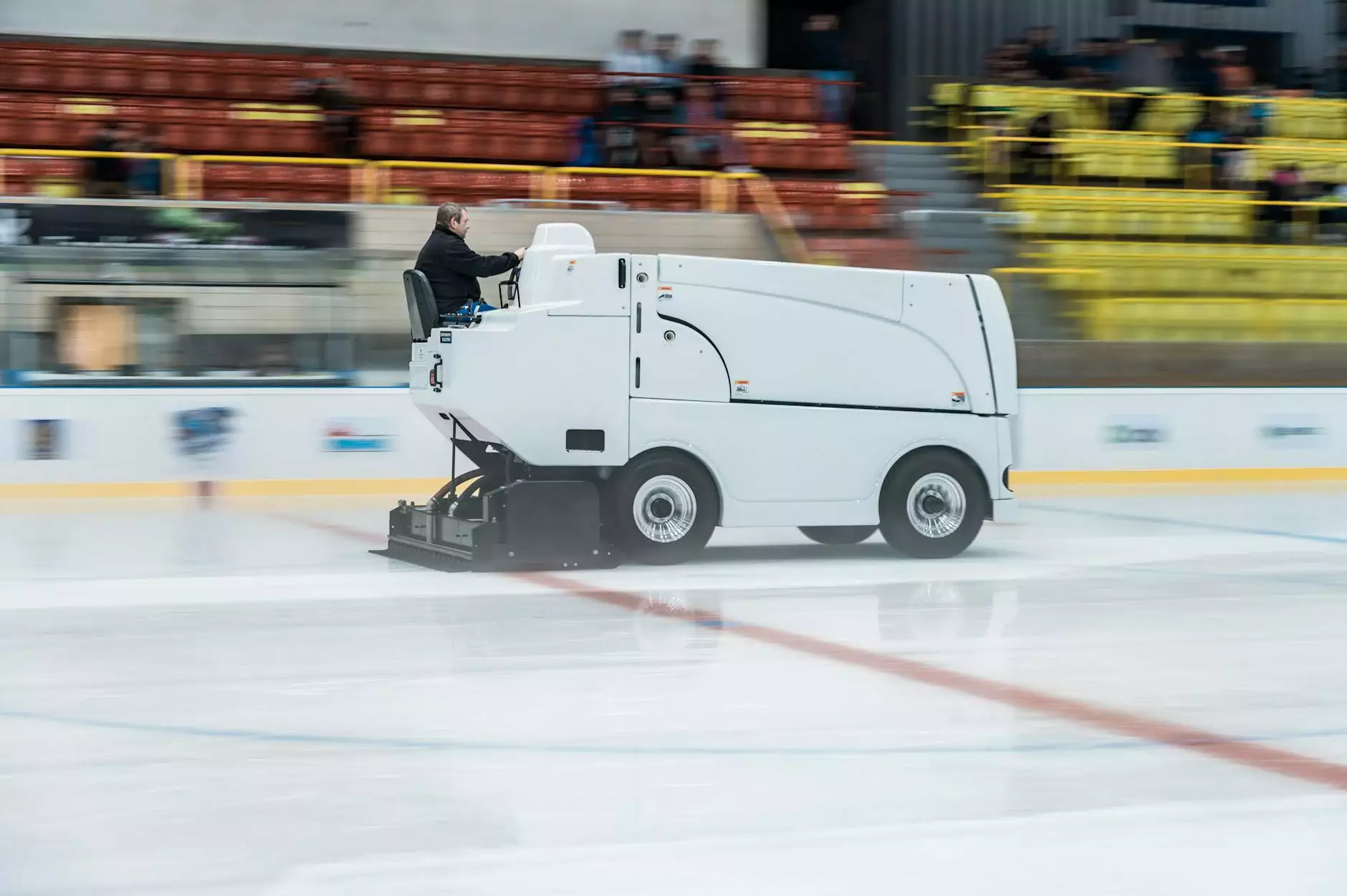Exploring **Swimming Pool Resurfacing Options**: A Comprehensive Guide

For pool owners, maintaining the aesthetic and functional integrity of their swimming pool is essential. Over time, however, a pool can show signs of wear, fading, and deterioration, leading to a decline in its appealing look and usability. Fortunately, there are numerous swimming pool resurfacing options available to restore your pool to its former glory. In this detailed guide, we will explore various resurfacing materials, techniques, and considerations that will help make your decision easier and more informed.
Understanding the Need for Swimming Pool Resurfacing
The surface of a swimming pool does more than simply hold water; it affects the pool's overall longevity, safety, and appearance. Here are a few reasons why resurfacing your pool may be necessary:
- Damaged Surfaces: Cracks, chips, and other forms of damage can lead to leaks and water loss.
- Surface Wear: Chemical treatments and regular use can degrade the surface, affecting water quality.
- Visual Appeal: An outdated or worn surface detracts from the aesthetic appeal of your outdoor space.
- Safety Issues: A rough or slippery pool surface may pose a danger to swimmers, particularly children and the elderly.
Popular Swimming Pool Resurfacing Options
Now that we understand the importance of resurfacing, let’s delve into some of the most popular options available:
1. Plaster Resurfacing
Plaster is one of the traditional methods for resurfacing pools. It consists of a mixture of cement, marble dust, and water, which creates a smooth finish.
- Advantages: Affordable, customizable in color and texture, and widely used.
- Disadvantages: May require more frequent repairs, susceptible to staining and cracking, generally lasting around 5-10 years.
2. Aggregate Finish
Aggregate finishes include materials such as pebble, quartz, and glass. They are a popular upgrade from plaster due to their durability and visual appeal.
- Advantages: Very durable, offers a non-slip surface, available in various colors and textures.
- Disadvantages: Higher initial cost, can be rough on feet if not polished correctly, installation requires skilled labor.
3. Vinyl Liner Replacement
For vinyl pools, replacing the liner is the primary method of resurfacing. The liner is a flexible plastic that covers the pool shell.
- Advantages: Available in many designs and patterns, relatively easy to install, smooth surface.
- Disadvantages: Can puncture easily, generally lasts 5-9 years, may require replacement more often than other surfaces.
4. Fiberglass Resurfacing
Fiberglass pools are molded and come with a gel coat that can be resurfaced if damaged. Fiberglass resurfacing extends the life of your pool.
- Advantages: Long-lasting (up to 25 years), low maintenance, smooth surface, resistant to algae growth.
- Disadvantages: Higher upfront costs, repairs can intertwine with the original integrity of the pool.
5. Concrete Resurfacing
Concrete pools can be resurfaced directly with new concrete. This option is quite versatile and allows for various finishes and textures.
- Advantages: Can be tailored to the owner’s preferences, very durable, improved slip resistance.
- Disadvantages: Can take longer to cure, may require sealing to prevent water penetration and staining.
Choosing the Right Resurfacing Option for Your Pool
Deciding which resurfacing method is right for you depends on various factors, including:
- Your Pool Type: Different pools require different techniques; for instance, you cannot apply plaster on fiberglass pools.
- Budget: Your financial plan plays a crucial role; consider not only the material costs but also labor and maintenance.
- Longevity Expectations: Think about how long you want the resurfacing to last before it needs attention again.
- Aesthetic Preferences: Each material offers different design options; select one that fits your style.
Installation Process for Swimming Pool Resurfacing
Understanding the installation process of your chosen resurfacing option can help demystify the procedure. Here’s an overview of the general steps involved:
1. Drain the Pool
The first step in any resurfacing project is to drain the water from the pool. This allows for proper access to all surfaces.
2. Surface Preparation
The previous surface must be cleaned and prepped appropriately. This may involve:
- Chipping away damaged plaster or old materials
- Cleaning dirt and oils to ensure better adhesion
- Reinforcing structural areas if significant damage is detected
3. Applying the New Surface
The new resurfacing material is applied according to manufacturer specifications. This step can vary significantly based on the material chosen.
4. Curing Time
Once applied, let the new surface cure. This may take several days, and during this time, you cannot fill the pool back.
5. Refill and Balance Water Chemistry
After curing, refill the pool and ensure the chemistry is balanced to avoid damage to the new surface.
Maintenance Tips for Your Resurfaced Pool
Maintaining your resurfaced pool is crucial for extending its longevity. Here are some helpful tips:
- Regular Cleaning: Clean the pool regularly to remove debris and maintain surface integrity.
- Monitor Water Chemistry: Regular testing and balancing of the water chemistry can prevent damage and fading.
- Inspect for Damage: Check for cracks or wear regularly and address issues immediately.
- Use Proper Tools: Invest in brushes and cleaning tools that are safe for your pool's resurfacing material.
Cost Considerations for Swimming Pool Resurfacing
The cost of resurfacing your pool can vary greatly based on a multitude of factors including pool size, type of resurfacing material, labor, and location. Here’s a rough breakdown:
- Plaster: $3 to $7 per square foot
- Aggregate: $7 to $15 per square foot
- Vinyl Liners: $2 to $6 per square foot
- Fiberglass: $5 to $10 per square foot
- Concrete: $10 to $20 per square foot
Conclusion: Transform Your Pool with the Right Resurfacing Option
Investing in your swimming pool through the right resurfacing option can significantly enhance its usability, safety, and visual appeal. Whether you consider traditional plaster, elegant aggregate finishes, or versatile vinyl, understanding the characteristics and requirements of each option is vital in making an informed decision. Make sure to consult with a trusted professional to evaluate your specific needs and to receive a detailed estimate. With the right care and attention, your newly resurfaced pool will continue to be a centerpiece for relaxation, enjoyment, and family fun for years to come.
For more information on pool resurfacing and renovation, visit poolrenovation.com. With our expertise and guidance, you can confidently choose the best resurfacing option tailored to your needs.









